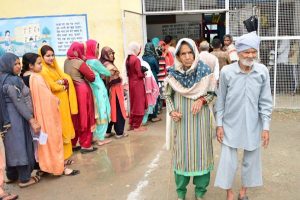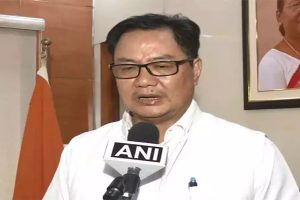Groundwater is vanishing and to deal with the situation, East Burdwan has already spent Rs 780cr to promote micro-irrigation, extensively among the farmers this year.
The state irrigation department, considering the drastic fall in groundwater levels, insisted districts like East Burdwan, Hooghly, Bankura, Jhargram, Nadia, West Midnapore to stress more on micro-irrigation and an instruction on this reached the district headquarters in the mid of January.
Sheikh Mohammed Ismail, agricultural Karmadhyaksha of East Burdwan zilla parishad, said, “Due to uncontrolled siphoning of groundwater, especially during the Boro paddy cultivation each year, some blocks like Bhatar, Ketugram-1,2 and Kalna-2, Purbasthali-2 have been identified as critical and semi-critical
Alarm bells after drastic dip in groundwater levels zones over the years.”
He added: “Before any such instructions were issued, we’d already kicked off measures for mass adoption of micro-irrigation and disbursed Rs 780cr to 3,103 farmers for purchase of sprinklers and pipelines in our district.”
East Burdwan has recorded a grim scenario in groundwater depletion, the highest in the state. Since 2013, groundwater drop in Burdwan has been up to 11 metres, a sample survey by Switchon, a hydrological research agency engaged by the state for the purpose, revealed.
The report prepared by the agency stated: “Hydro-geochemical investigations were carried out in different blocks to assess suitability of water for drinking as well as irrigation water purpose.”
East Burdwan has 3,31,600 hectares net irrigated area against 6,93,300 hectares of gross irrigated farmlands. Besides, 1,38,800 hectares of rainfed cultivation zone.
The district’s highest irrigation intensity is recorded at 95.62 per cent in Galsi-1 block and the lowest irrigation intensity of 16.01 percent in Purbasthali 2 block. In 2005- 06 year, Memari-2 had the highest irrigation intensity at 58.76 per cent against 13.8 percent at Purbasthali-2, the lowest facilitated zone.
“Government initiatives to improve irrigation and crop diversification helped some positive achievements in East Burdwan,” stated Dr Tapas Mistri, Burdwan University professor working on irrigation transformation.











